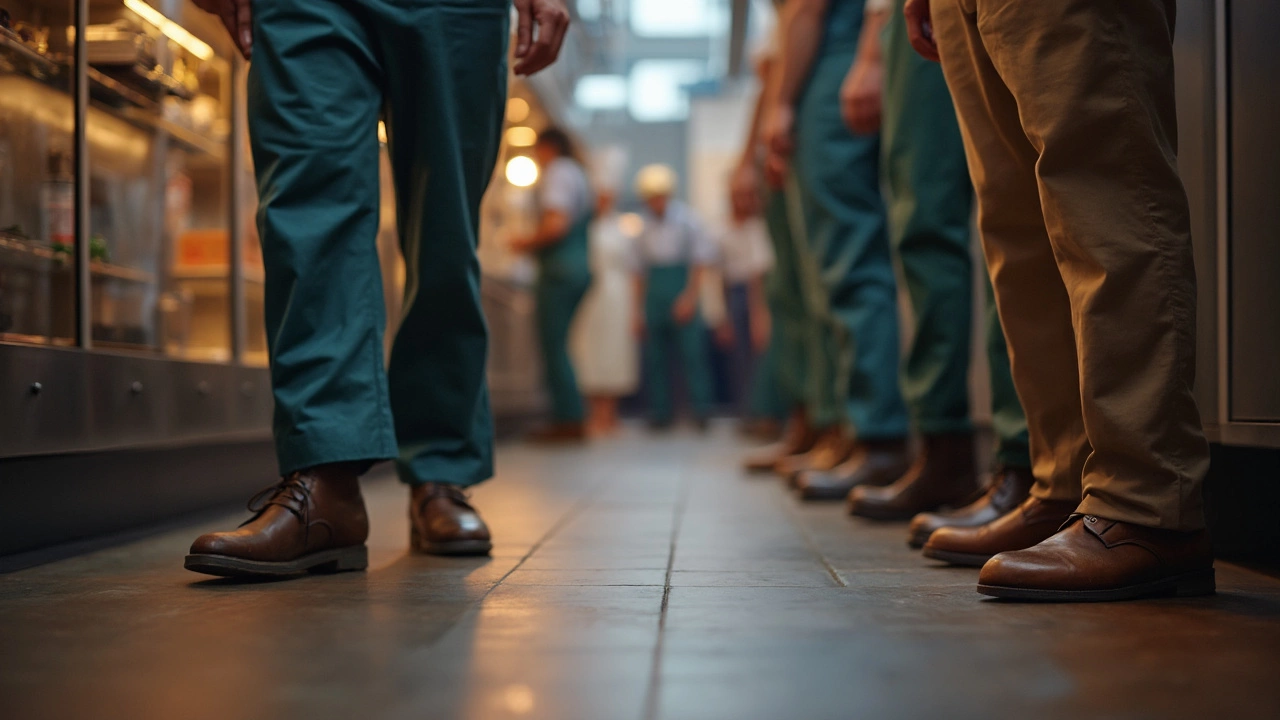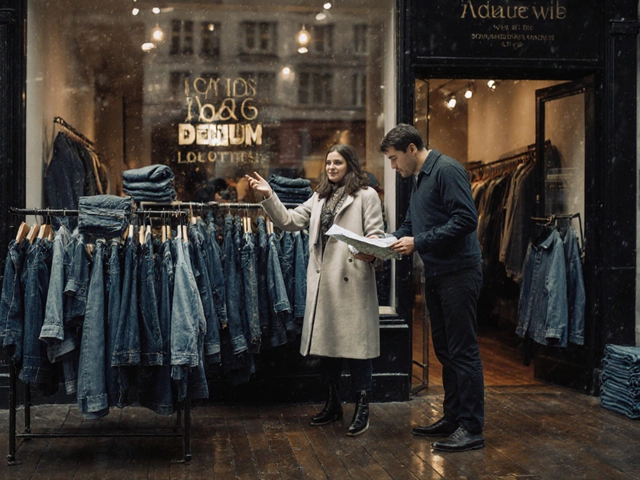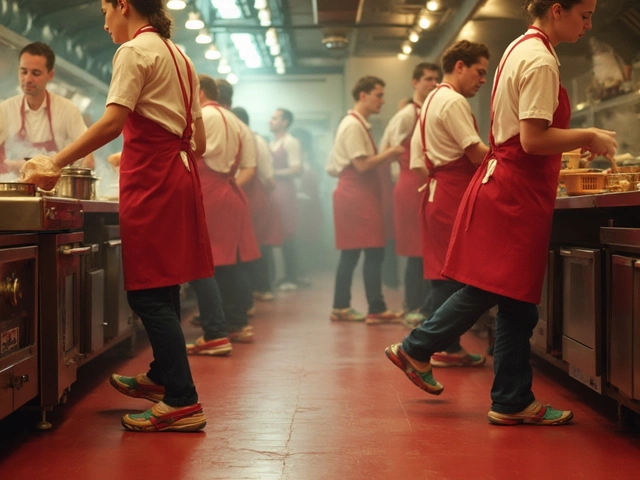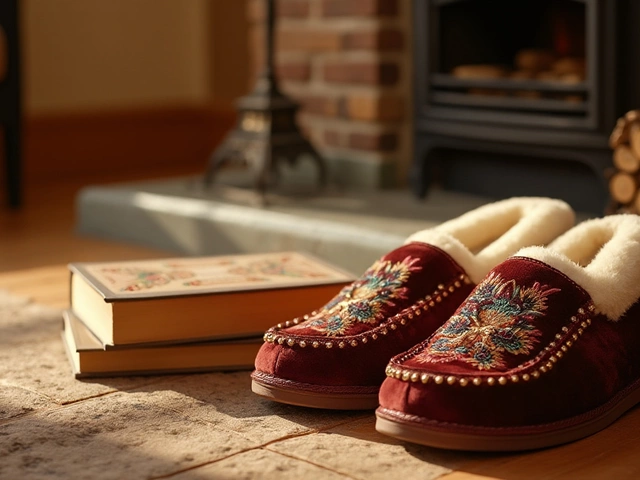Workplace Health: Simple Tips for Safe Shoes, Smart Clothing, and Better Comfort
When you spend eight hours at a desk or on a shop floor, the little things you wear can make a huge difference. A pair of shoes that’s too tight, a coat that feels heavy, or a shirt that chafes can turn a normal day into a painful one. Below you’ll find practical advice that helps you stay comfortable, avoid injuries, and still look good while you work.
Fit your feet right – the foundation of workplace health
First off, your shoes are the base of everything you do. If your toes are pressing against the end of the shoe, you’ll get blisters, numbness, or even black toenails. Use the “thumb test”: after putting on the shoe, you should be able to slide a thumb between the back of your heel and the shoe’s heel cup. Walk a few steps; if your heel lifts or your foot slides forward, it’s too big. If you feel tightness around the ball of your foot, the shoe is too small. Choosing a shoe with a roomy toe box and good arch support can stop foot pain before it starts.
For people who stand all day, consider a shoe with a slight heel (about 1‑2 cm). It shifts weight off the lower back and eases pressure on the calves. Cushioned insoles add extra shock absorption. And don’t forget to replace shoes regularly – most experts say 300‑500 miles is the sweet spot for most work footwear.
Dress for comfort without sacrificing style
Workwear doesn’t have to be stiff. Look for fabrics that breathe, like cotton blends, linen, or lightweight wool. In warm offices, a short‑sleeve shirt made from a breathable material keeps you cool and stops you from sweating into your blazer. In colder spaces, a well‑fitted coat that isn’t too tight lets you move freely and keeps your core warm without making you feel boxed in.
When it comes to trousers, a little stretch can be a game‑changer. A pair of chinos with a 2‑3 % elastane blend lets you sit, reach, and bend without the fabric pulling at the knees. If your job requires a uniform, see if the supplier offers a “relaxed fit” option – it often has the same professional look but with extra room where you need it.
Accessories like belts and ties should also be chosen with health in mind. A belt that’s too tight can compress your abdominal area and affect digestion. Choose a tie that’s not overly heavy; a light fabric reduces strain on your neck and shoulders, especially if you’re wearing a collar shirt all day.
Finally, don’t ignore the small habits that protect your health. Take a quick five‑minute stretch every hour: roll your shoulders, flex your ankles, and stand up to get the blood moving. Keep a water bottle at your desk – staying hydrated helps keep joints lubricated and reduces fatigue.
Whether you’re shopping for a new pair of shoes, updating your office wardrobe, or just looking for a quick health boost, the right choices add up. Small tweaks in fit, fabric, and daily movement can keep you comfortable, productive, and injury‑free all day long.

Is Being on Your Feet for 12 Hours Bad? What You Need to Know
Standing for 12 hours straight can put a serious strain on your body, especially if your shoes aren't made for marathon shifts. This article breaks down what really happens to your feet and legs during long workdays, the warning signs of trouble, and how to protect yourself. Get practical tips for picking better work shoes, using simple hacks to handle long hours, and spotting when your job is affecting your health. If you’ve ever limped home after work, this guide has your back.




